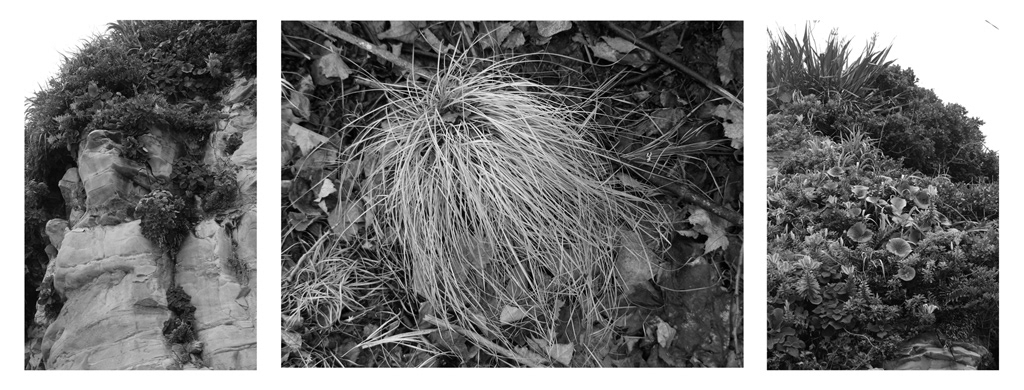
This body of work interprets the constructed notion of landscape where ‘nature’ and ‘culture’ are linked to create a new place, an in-between state. To begin with, this photographic project compares and relates the similarities and differences of two opposite sites - Tokyo (Japan) and Moncton (Canada). These cities are used to demonstrate how the idea of landscape is, in fact, a construction/fabrication within which “nature” as well as “culture” are shaped as something which is neither one nor the other, but both. Therefore, these two notions that are intertwined in the larger notion of landscape can be viewed as co-constitutive of one another and essential to our understanding of them. Furthermore, this work demonstrates also how two opposite societies tend to “use” the land: sparse in Tokyo, therefore “used” carefully; and abundant in Moncton therefore, in some way, “used” carelessly. Finally, this body of work also brings the concept of “representations” interlaying - layers upon layers - visual formations as to de-structure the conception of “what is a landscape” by showing different states of limbo, of the in-between. All and all, Evidences of visual changes, an ongoing photographic project of five series, is a conversation of the in-between places of nature and culture liked in landscapes.
WA subtly re/constructs Japanese landscapes exposing man-made formations into new visual fabrications by the means of diptychs and/or triptychs. By this, theses sequences create different types of places within which lies a new constructed landscape therefore the visual description of a new place itself.
LIMBO challenges the gaze re/forming new landscapes by juxtaposing images of Tokyo and Moncton to re-create a completely new type of landscape re/presentation where nature and culture are in an intermediate state. These diptychs and/or triptychs confront these notions, therefore asserting their rapport within landscapes and creating a new place, one of the in-between.



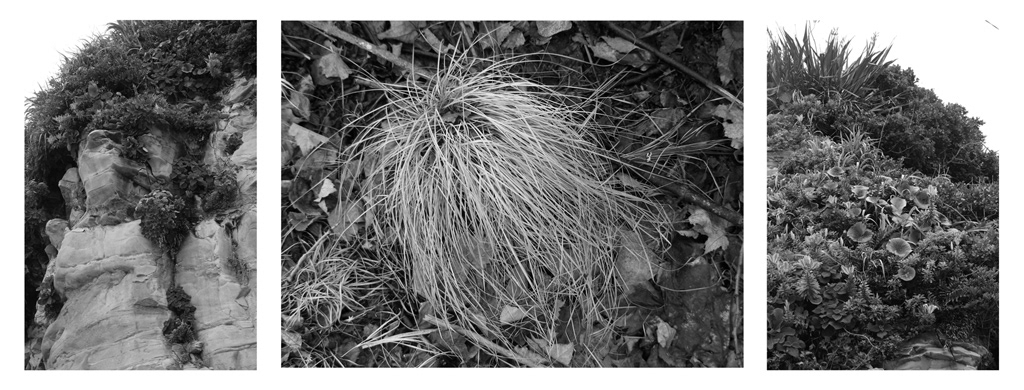
COLOR BOUND “color” comes in to play as to highlight certain elements that re/make their way into gray concrete environments of Tokyo intertwined with black and white images of Moncton’s defaced land. “Green”, being THE ideal constructed representation of “nature in it’s purest” state, represents a type of “natural grace” and “fragile nature”.

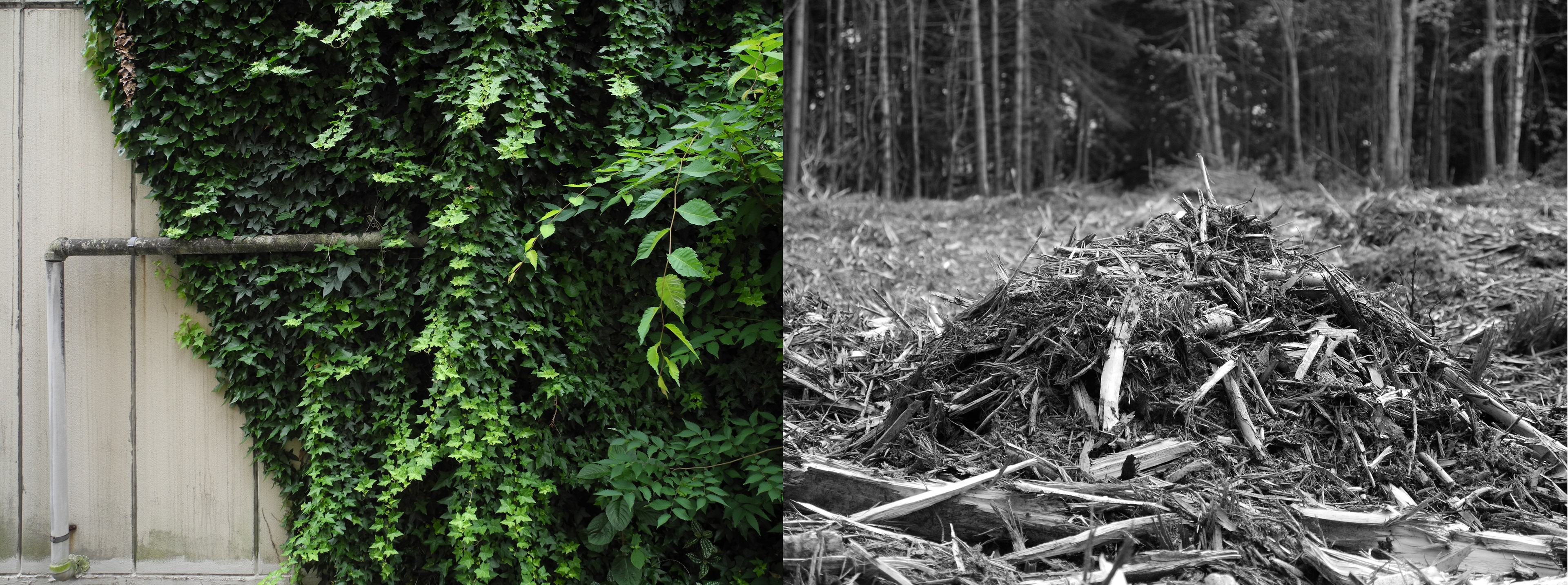


D-IS-ORIENT part I - the color “green” is yet again used to represent the “fragile nature” as well as “gray” to bring forth the ideal representation of the strong “man-made”. In these constructed landscapes, the “line” between Tokyo and Moncton disappears creating a new and disorienting place in itself: Where does the representation/construction start and where does it end - metaphorically and visually. Where lies the in-between? Or are they still in a state of limbo?


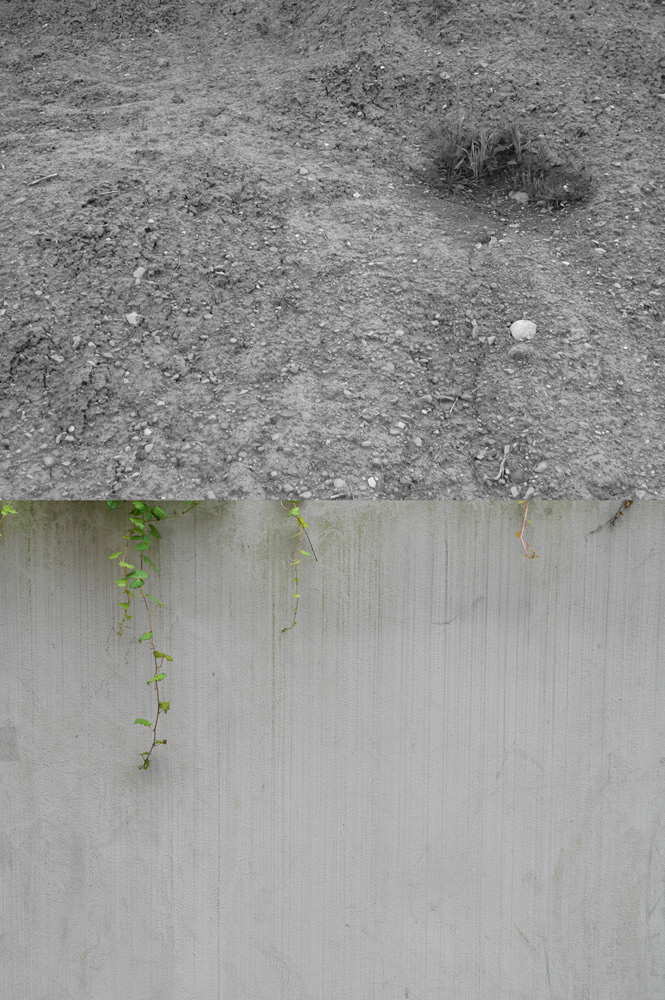
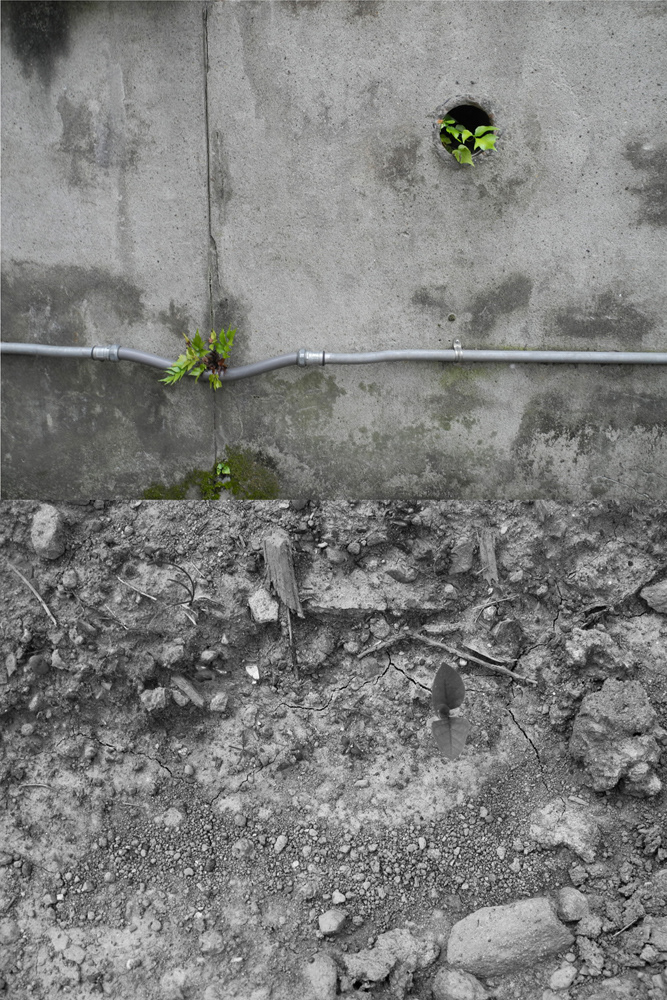

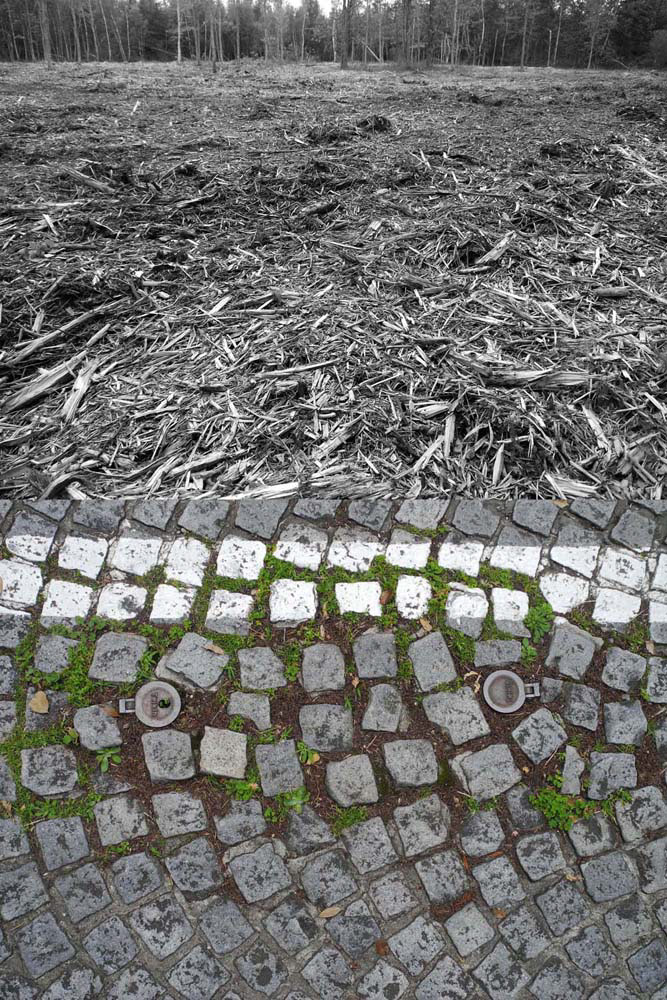

SUM is, in part, the sum of all the previous series presented above. Black and white close-ups images of different elements in the defaced Canadian landscapes are juxtaposed to images of very constructed greenery in the Japanese landscape. This ensemble challenges the idea of construction/representation of “what is a culture”, “what is nature”, and therefore, where is the link in the intermediate state of the landscapes.

In sum, this work confronts the viewer with the constructed notions of ‘nature’ and ‘culture’ and demonstrate how the layering of different ‘landscapes’ form by ‘new photographic places’ also become an integral part of the viewers’ cultural constructions